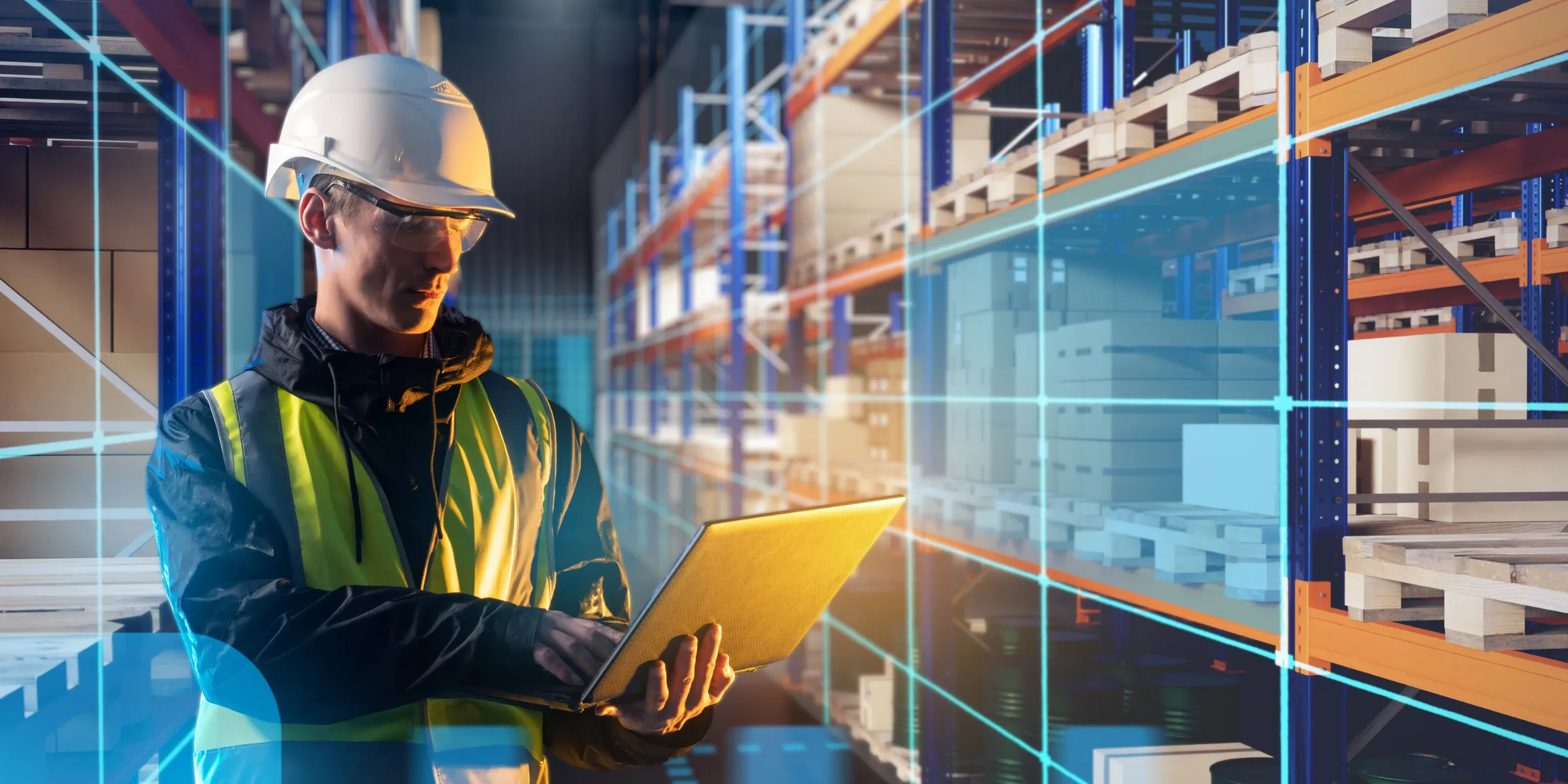
As supply chains become increasingly complex, businesses must embrace innovative solutions in storage technologies to gain a competitive edge. Warehouses are no longer just storage spaces; they are strategic hubs that must deliver speed, accuracy, and efficiency. That’s why modern storage systems now include not only shelving but also automation, data analytics, and AI-supported solutions.
Traditional storage methods are becoming insufficient, especially for businesses with high product turnover. Issues such as inventory errors, time loss, and labor costs are resolved through digital transformation. Automated Storage and Retrieval Systems (AS/RS), in-warehouse robots, and AI-powered inventory systems are at the forefront of this transformation.
With barcode and RFID technologies, inbound and outbound processes are completed in seconds, ensuring inventory accuracy and eliminating human error. These systems are also integrated with ERP software to provide end-to-end supply chain visibility.
AS/RS automates the movement of goods within the warehouse, minimizing reliance on human labor. Robots and cranes in these systems place and retrieve items with millimeter precision, saving time and reducing product loss.
Other benefits include vertical space optimization, energy efficiency, full traceability, and reduced error rates. The use of AS/RS is especially growing in e-commerce logistics operations.
When discussing storage technologies, software solutions are just as important as physical systems. Warehouse Management Systems (WMS) enable real-time monitoring and management of warehouse operations. Processes such as order picking, inventory counting, and location tracking are optimized digitally.
Modern WMS systems powered by artificial intelligence and machine learning can predict demand and help prevent overstocking, thus lowering costs and improving customer satisfaction.
With the rise of Industry 4.0, Internet of Things (IoT) technologies are making their mark in storage technologies. Sensors allow real-time monitoring of shelf temperature, humidity, and vibration, triggering automated alerts when needed.
Additionally, IoT devices track critical information like product shelf life, production, and expiration dates—making them invaluable in sensitive sectors such as food and pharmaceuticals.
In addition to large-scale traditional warehouses, the “micro warehouse” concept is gaining popularity. Especially in major cities, the demand for fast e-commerce delivery is driving the rise of compact but technologically advanced warehouses near urban centers.
Thanks to mobile shelving and flexible storage systems, these facilities offer maximum efficiency in limited spaces—providing speed and cost advantages to businesses.
Modern storage technologies offer not just operational advantages but also promote environmental sustainability. Energy-optimized LED lighting, low-emission forklifts, and solar-powered warehouse roofs help reduce carbon footprints.
Smart systems eliminate unnecessary heating or cooling, saving energy and lowering long-term operational costs while supporting environmental goals.
Rather than eliminating human labor entirely, hybrid systems that promote collaboration between humans and machines are becoming more common. Wearable tech, voice-directed picking, and robot-assisted transport systems help reduce worker fatigue, increase safety, and boost operational efficiency.
Thanks to these systems, operators are less tired, make fewer mistakes, and work processes become safer.
Storage technologies are not just a trend—they’re a strategic necessity. Businesses that adapt to these advancements can achieve greater operational agility, customer satisfaction, and sustainable growth. Smart storage solutions lower costs and lay the foundation for long-term success in an increasingly competitive logistics landscape.